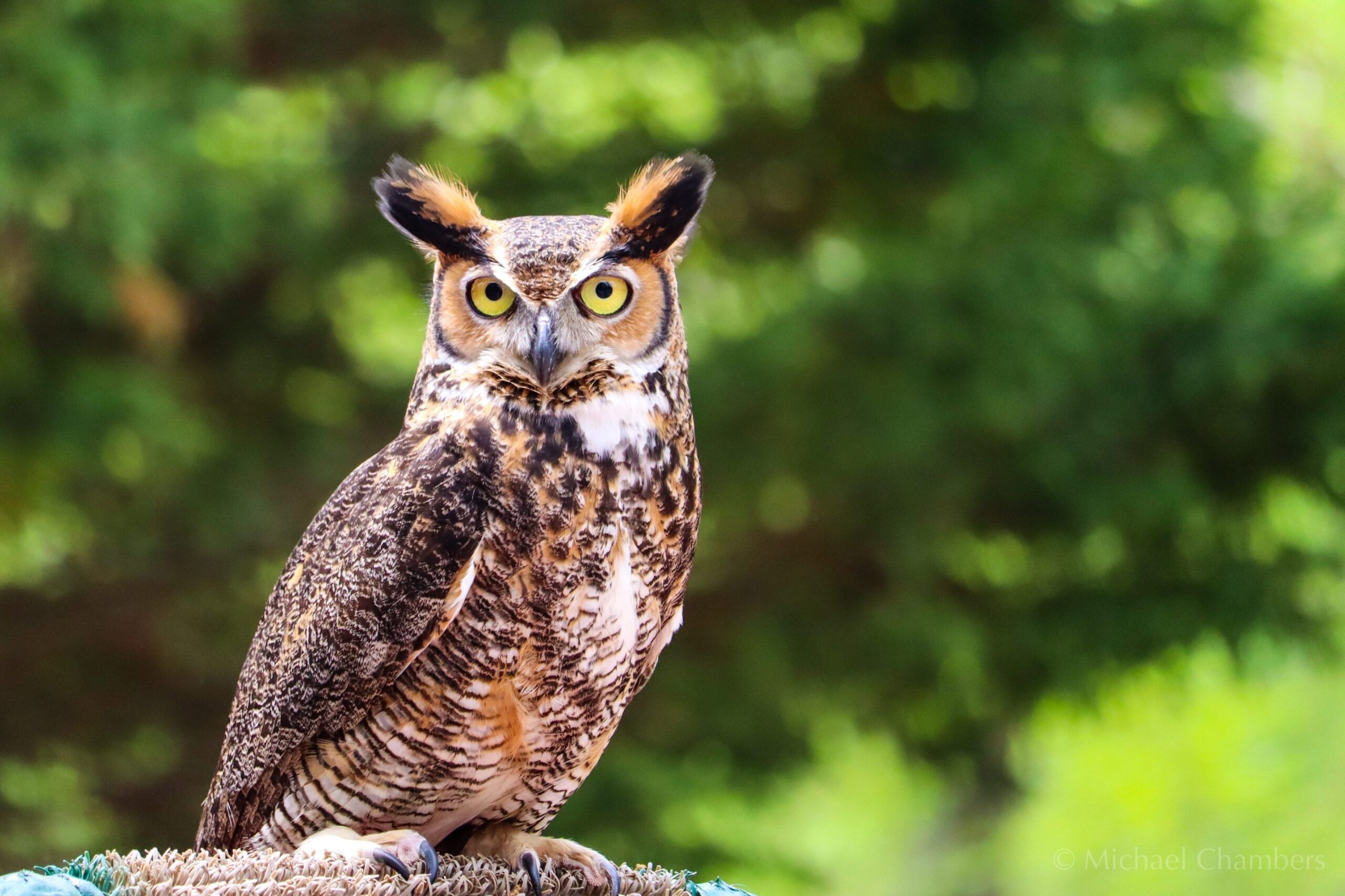As efforts to embrace sustainability become further integrated into everyday life, it is worth noting how far we’ve come. The revelations of rising emissions levels gradually became more broadly known to the public starting in the 1980s. Now, in 2022, millions of Americans are poised to push the consensus on pollution past the tipping point and usher in a new era of discourse. To continue to do that, we must take responsibility for promoting sustainable supply chains and be aware of goods originating from environmentally harmful practices.
Yes, this even applies to wine. The global wine market is valued at well over $300 billion annually, with projections of $450 billion by 2028. On its surface, the industry looks to be relatively innocuous. After all, wine comes from grapes, and grapes are grown from the soil with the help of the sun and a bit of modern irrigation. Nowhere in the process of wine production is there a stack of smoke or any harvesting of rare earth metals. However, a vineyard is a farm – and just as farms fall victim to invasive weeds and various crop-eating insects, vineyards have pests to manage. Rodents are particularly harmful, and the rodenticide commonly used in vineyards as protection comes with environmental consequences.
But there is a chance that wildlife could replace harmful pesticides.
Pesticides originated prior to understanding their environmental repercussions. For a while, they continued to be used because there wasn’t a cost-effective alternative. A growing movement is now opting for a nature-based approach that involves housing several owls on-site as a deterrent for rodents. Owls are natural predators and are innately effective at intercepting a variety of field mice and gophers that may find themselves around any grapevines. The idea is catching on – one recent study found that 80 percent of Napa Valley vineyards are using artificial owl nest boxes.
This trend was the subject of a recent study from California’s Humboldt State University.
A cohort of students led by their professor Matt Johnson visited dozens of vineyards in Napa Valley, placing 300 nest boxes throughout the fields.
It was hypothesized that this trial run would incentivize growers to depart from traditional pesticides for a couple of reasons: modern rodenticides harm the owls who ingest the rodents, making employing both pest control methods unwise and the fact that California is cracking down on agricultural pesticide use, leaving many farmers desperate for alternatives.
The results of the study have been generally positive. Pesticides are currently in use at around one-fifth of vineyards in Napa Valley, with nest box usage outnumbering them 4-to-1. There is still work to be done, as the owls had been hunting mice in smaller numbers than they did gophers, but the deterrent effect inspires hope. The next step will be figuring out whether the pesticide reduction is explicit because of the introduction of the nest boxes and if this trend could be replicated. “Whether the use of barn owl boxes caused that reduction in rodenticides is, of course, not proven,” said Johnson. “Nonetheless, this result is encouraging.”





